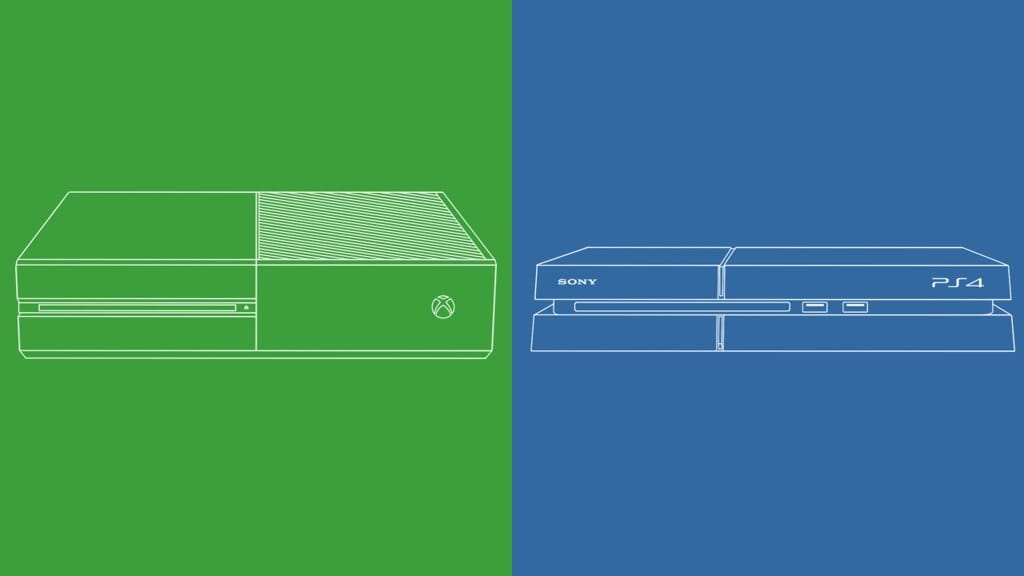Gaming's Sticker Shock: Why Today's Consoles Cost More Than Ever Before
The PlayStation 5 Pro's eye-watering $699.99 price tag sent shockwaves through the gaming community last month, but it's just the latest symptom of a troubling trend: video game consoles are now more expensive than they've ever been in gaming history. When adjusted for inflation and compared to historical pricing patterns, today's console generation represents an unprecedented financial barrier for gamers worldwide.
The Numbers Don't Lie: A Historical Price Comparison
To understand just how expensive modern consoles have become, we need to look beyond sticker prices to inflation-adjusted costs. The original PlayStation launched in 1995 at $299, which equals roughly $590 in today's dollars. The Xbox 360's 2005 debut at $399 translates to about $620 in 2024 purchasing power.
Compare this to today's landscape: the PlayStation 5 launched at $499 ($399 for the Digital Edition), while the Xbox Series X commands $499. The Nintendo Switch OLED sits at $349. Most shocking of all, Sony's PlayStation 5 Pro has shattered the $700 barrier, making it the most expensive mainstream console launch in gaming history.
The pattern becomes even clearer when examining mid-generation upgrades. Previous console refreshes typically maintained launch pricing or came in slightly lower. The PlayStation 4 Pro launched at $399—the same price as the original PS4. Today's PS5 Pro costs 75% more than the base model it's meant to complement.
Beyond Base Prices: The Hidden Costs Add Up
The sticker shock extends far beyond the console itself. Modern gaming's ecosystem demands additional purchases that inflate the true cost of entry:
Essential Accessories: Controllers now cost $70-80 each, compared to $50-60 for previous generations. Storage upgrades—practically mandatory given modern games' massive file sizes—can add another $100-200 to your setup.
Subscription Services: Online gaming now requires paid subscriptions across all major platforms, adding $60-120 annually. While these services offer game libraries, they represent recurring costs that didn't exist in earlier console generations.
Game Pricing: AAA titles have climbed to $70, up from the $60 standard that held for over a decade. Special editions routinely push $100-150, making complete gaming experiences increasingly expensive.
Market Forces Driving the Price Surge
Several factors contribute to today's inflated console pricing:
Advanced Technology Costs: Modern consoles pack significantly more computing power than their predecessors, with custom SSD storage, ray-tracing capabilities, and 4K gaming pushing manufacturing costs higher.
Supply Chain Disruptions: Global semiconductor shortages and manufacturing challenges have increased production costs across the electronics industry.
Market Positioning: With limited competition—essentially a three-way race between Sony, Microsoft, and Nintendo—companies have less pressure to compete aggressively on price.
Segmentation Strategy: Companies now offer multiple tiers (standard, digital, pro), allowing them to capture different price points while pushing enthusiasts toward premium models.
The Consumer Impact: Gaming as a Luxury Hobby
These price increases have real consequences for gaming accessibility. A complete current-generation setup—console, extra controller, storage expansion, and a few games—can easily exceed $800-1000. For many families, this represents a significant financial commitment that may delay or prevent console adoption entirely.
The impact is particularly pronounced in emerging markets, where console gaming was already expensive relative to local incomes. Price increases compound these challenges, potentially limiting gaming's global growth.
Young gamers, traditionally a core demographic, face particular barriers. The summer job that once funded a console purchase now falls well short of covering today's costs, potentially creating generational divides in gaming access.
Looking Forward: What This Means for Gamers
The trend toward premium pricing shows little sign of reversing. As technology costs continue rising and companies focus on profitability over market share, consoles may become increasingly positioned as premium entertainment devices rather than mass-market products.
For consumers, this environment demands more strategic thinking about gaming purchases. Waiting for sales, considering digital-only models, or exploring alternative platforms like PC gaming may become necessary strategies for budget-conscious players.
The gaming industry's growth over the past two decades has been remarkable, but today's pricing threatens to limit that expansion. As consoles become luxury purchases, the industry risks pricing out the very audience that fueled its meteoric rise. Whether this represents a temporary market correction or a permanent shift toward premium gaming remains to be seen—but for now, getting into console gaming has never cost more.
